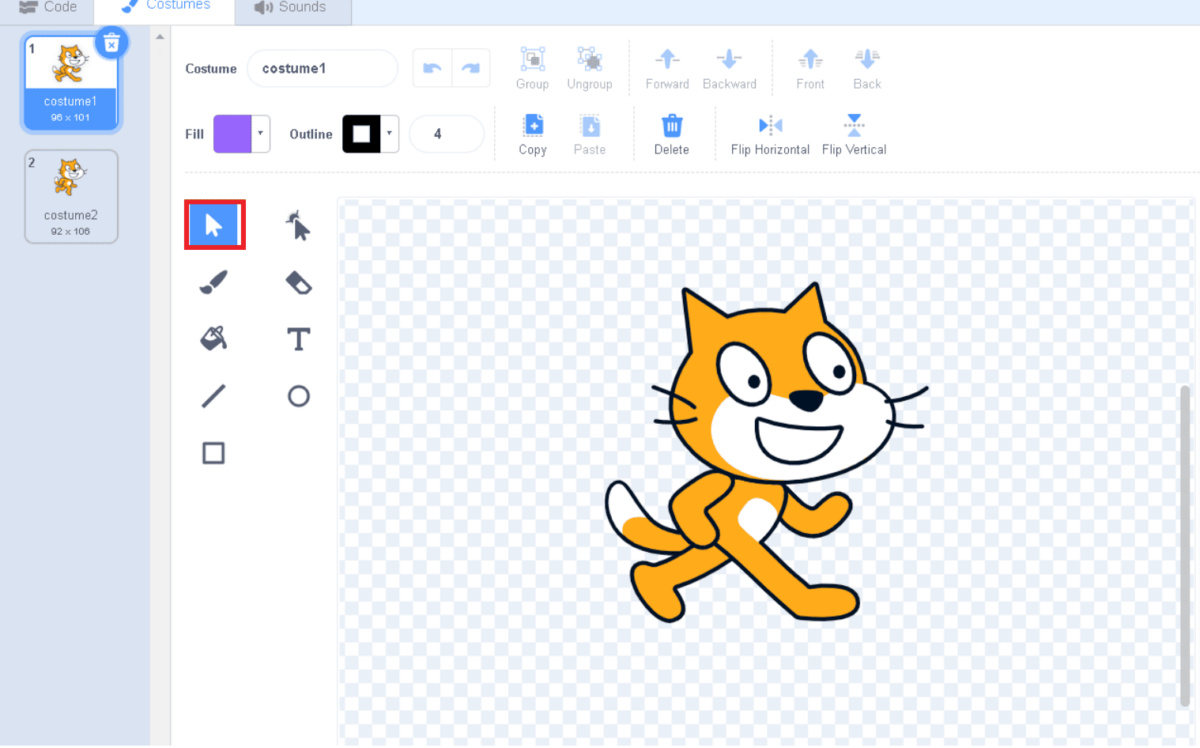Assignment Overview
You will use the same blog as for Assignment 1. When complete, you can post your resource can be copied/posted across all group member blogs. The category “edtech inquiry” on your blog will be used for this assignment.
Introduction to our Technology Inquiry Question (Anabel)
This semester, we have had the pleasure of taking EDCI 415, Pedagogy for Mathematics Education, with Jeannie DeBoice. Jeannie opened our eyes to the world of manipulatives, and how powerful they are in the math classroom. These kinds of manipulatives were mostly available in our elementary and middle school classrooms growing up, but what was not available were online versions of these same manipulatives. We know and have seen the power of manipulatives when working through and exploring math problems, but are online math tools, which may me more accessible, as effective? This led us to our guiding question for this inquiry: are online math resources effective tools in the classroom?
In the video below, I introduce our topic and the online math tool we centered our inquiry on.
The virtual manipulatives that I highlight in the video above, Didax, provides a platform for both teachers and students to access manipulatives like base ten blocks, fraction strips, and even dice. Can this online resource act as an effective replacement, or companion, to physical manipulatives? What are the drawbacks, if any? How can these be used in the most effective manner? We will address these questions below as we explore this digital tool.
The Relationship of Online Manipulatives to Teaching and Learning (Emily)
As teachers, we are shown many resources without knowing if they are effective additions to our classroom. Are we using resources for the sake of using them, or for our students’s learning? For UDL- It is enhancing all my students’ learning?
It is important for online resources to be relevant to your teaching style and relevant to the context (ie canadian, matches the resources you have been working with). Online math manipulatives help foster a universal learning design in the classroom as read in a research paper I found. Some students who need extra support with math in the class can use the digital manipulatives with a partner to show different ways they can solve a problem- teacher models the use of online manipulatives in front of class to make the use of virtual manipulatives more engaging. Without diving too deep into the pros and cons which is discussed later the article also suggests how “students with disabilities benefit from manipulatives to support their acquisition, fluency, maintenance, and generalization of mathematical skills” (Bouck et al. 2020).
What are the Pros, Cons, and Risks? (Anaïs)
As with any piece of technology, there are many different pros, cons, and risks of using online math manipulatives such as Didax. As teachers, it is important to weigh these pros, cons, and risks in order to see if a new online tool would be beneficial to the classroom.
Online math manipulatives allow all teachers and students to have access to a plethora of manipulatives that they may not be able to get physical copies of in their classroom. Didax has the option to use Unifix blocks, geometric blocks, fraction strips, and many more. This site allows students to have the chance to access and use this wide range of materials at home as well, where they likely would not have access to the physical manipulatives. Online math manipulatives can also be used to make math engaging and interactive, giving students a way to visualize the processes behind the mathematics. These tools also offer a way to scaffold learning to make it more easily understandable for students. Researchers have also found that while some people may fear that virtual manipulatives do not provide the same benefits as physical ones, they are equally effective when used to teach mathematical concepts.
While there are many pros to these math manipulatives, there are some possible cons to using them in the classroom. While virtual manipulatives are seen as being equally effective for teaching mathematical concepts, there are some students who need physical manipulatives to learn. These can also create a lack of personal interaction, with students working individually on their devices. As with any form of technology, you can also experience technical issues that can use up some class time. These manipulatives also have limited teacher control, meaning that students could be using them however they want or getting distracted.
Virtual math manipulatives are generally safe, with sites like Didax not containing advertisements or anything to redirect the students, there are some other risks associated with virtual math manipulatives. One possible risk is that students may begin to rely on memorization and using the manipulatives in one specific way. This could prevent students from being flexible thinkers in math.
Strategies, Best Practices, and Tips (Enora)
Online math resources can be very educational and helpful in the classroom. However, how can we, as teachers, filter out good resources to share in the classroom? When searching for online math resources, it can be helpful to ask yourself questions such as: Does this resource enhance student learning or is it just a fun game? Does this resource connect to the curriculum? Is this resource accessible for all students? Will this resource protect myself and my students’ privacy, or does it ask for personal information? For example, Cool Math Games has good educational content, however, not all of the games require math skills and can be easily played by guessing the answer. If you don’t purchase the premium version of Cool Math Games, the site will overflow with distracting and unuseful ads. Didax Math Manipulatives can be accessed freely without any ads, and encourages students to inquire about math content using visuals.
Finding good online math resources can be very useful in the classroom as it can help students familiarize themselves with technology and work independently. As a teacher, it is good practice to introduce online math resources while continuing to use physical manipulatives as all students have different methods of understanding and visualizing math content. It is also important to ensure that the teacher is observing and assessing student use of online resources. This is a great opportunity to understand different student needs and strengths and
should not just be a time where students grab a Chromebook while the teacher uses this as a break or prep time.
After looking at a few different online math resources, I’ve come up with a short list of tips that can help you choose the most useful resources for your students.
- High quality, low quantity
- A good math resource has a small list games or manipulatives that strengthen math skills
- Free from ads or possible viruses
- Ensure the site is Canadian or at least North American
- Connection to the curriculum
- Low floor, high ceiling
- No account creation needed
Conclusion (Anabel)
Overall, this inquiry allowed us to explore the effectiveness of online math resources with a particular focus on Didax. We considered the relationship of these tools to teachers and learners, as well as the advantages, disadvantages, and risks. While online manipulatives may not allow students to interact with the materials in the same way as they would if they were in their hands, when used following our suggestions, they are a valuable addition to the classroom.
References
Bouck, E. C., Mathews, L. A., & Peltier, C. (2020). Virtual Manipulatives: A Tool to Support Access and Achievement With Middle School Students With Disabilities. Journal of Special Education Technology, 35(1), 51–59. https://doi-org.ezproxy.library.uvic.ca/10.1177/0162643419882422


